The following is one of a series of blogs, “Dialogues in Health Equity,” written by members of the Johns Hopkins School of Nursing Health Equity Faculty Interest Group.
By Kelly Bower and Laura Samuel
Looking out a window of the Pinkard building we can easily understand how the places where a person is born, lives, learns, works, worships, and plays can impact health. Residents living here in the Middle East neighborhood have an average life expectancy of 70.4 years. But if you take a short one-mile walk south on Wolfe Street, the life expectancy jumps by eight years. Residents living in Fells Point have an average life expectancy of 78.7 years. It’s a story of “two Baltimores,” and as you cross over the invisible neighborhood boundary of East Baltimore Street, you begin to see the story unfold. Middle East has the lowest median income of any Baltimore neighborhood and ranks in the bottom third of Baltimore neighborhoods on 16 of 25 neighborhood health indicators including green space, school quality, neighborhood violence, housing quality, and food availability. A one-mile difference in where a child grows-up should not determine how long they live. As nurses, it is our responsibility to put the promotion of health equity at the center of our work.
Organizations including the World Health Organization, Centers for Disease Control, and Healthy People 2020 have called for a focus on the social determinants of health because they are the primary driver of health inequities seen around the world. Social determinants require us to focus on circumstances that create differences in health status between groups, including economic stability, education, social and community context, health and health care, neighborhood quality, and the built environment. Harmful social circumstances arise from unjust political and economic systems that shape day-to-day living conditions in our communities. The good news is that these social circumstances are reversible and avoidable. The challenge is identifying the underlying circumstances that shape the disparities and developing effective solutions for our communities.
The unjust systematic underpinnings of health inequities cannot be seen by simply looking out the window. For instance, Baltimore is a highly racially segregated city and resources have been allocated accordingly. This racial segregation is not by accident – it is the result of a policy, called “redlining,” which systematically (and legally) prevented people of color from buying homes in certain neighborhoods through the 1960’s. That sort of deep historical understanding of Baltimore communities is fundamental to understanding and addressing the root causes of health inequities in neighborhoods like Middle East. But unjust policies and practices aren’t only historical. Today gerrymandering, voter registration laws, and practices in policing and criminal justice are only a few of the ways circumstances are created that perpetuate health inequities in local communities.
As nurses, our responsibility to promote social justice compels us to put the achievement of health equity as our primary goal. “Health equity means that everyone has a fair and just opportunity to be as healthy as possible. This requires removing obstacles to health such as poverty, discrimination, and their consequences, including powerlessness and lack of access to good jobs with fair pay, quality education and housing, safe environments, and health care (RWJF).” In this blog series, the Health Equity Faculty Interest Group will examine ways that the achievement of equity is challenged in a variety of settings, populations, and health conditions. We will engage a concept of inequities that looks beyond race and ethnicity. We will explore the role of nurses in promoting health equity within diverse populations, locally and globally. We will challenge nurses to embrace and leverage the strength and resilience of communities. We will share strategies for nurse clinicians, nurse advocates, and nurse researchers to implement interventions, programs, and policies that promote social justice, address the social determinants of health, and evaluate their impact on health equity. We are all deprived of our humanity until a one-mile difference in where a child grows-up does not determine how long she lives.
ABOUT THE AUTHORS
Kelly Bower
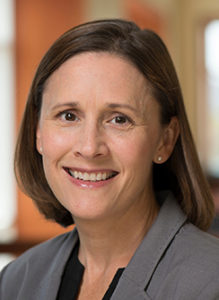 Kelly Bower is an Assistant Professor at the Johns Hopkins School of Nursing. Kelly’s research focuses on substance use, uninsured patients, health disparities, health literacy, residential segregation, food store availability, obesity, and fetal and infant mortality.
Kelly Bower is an Assistant Professor at the Johns Hopkins School of Nursing. Kelly’s research focuses on substance use, uninsured patients, health disparities, health literacy, residential segregation, food store availability, obesity, and fetal and infant mortality.
Laura Samuel
Laura Samuel is an Assistant Professor at the Johns Hopkins School of Nursing. Laura’s research focuses on socioeconomic disparities, neighborhoods, aging, and chronic disease.

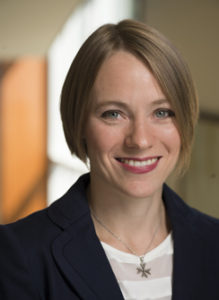
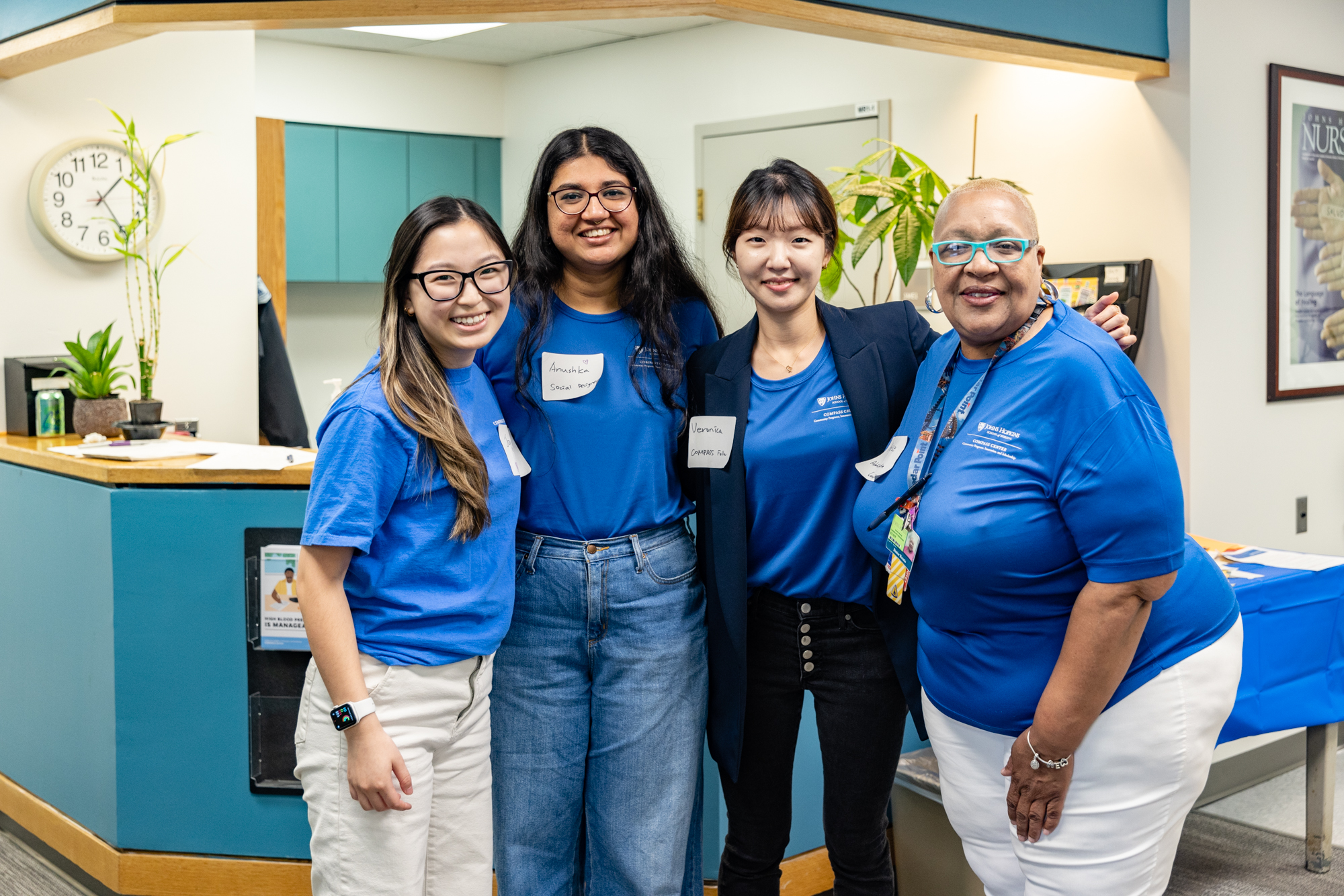 Wald Center Returns to Lead Community Care
Wald Center Returns to Lead Community Care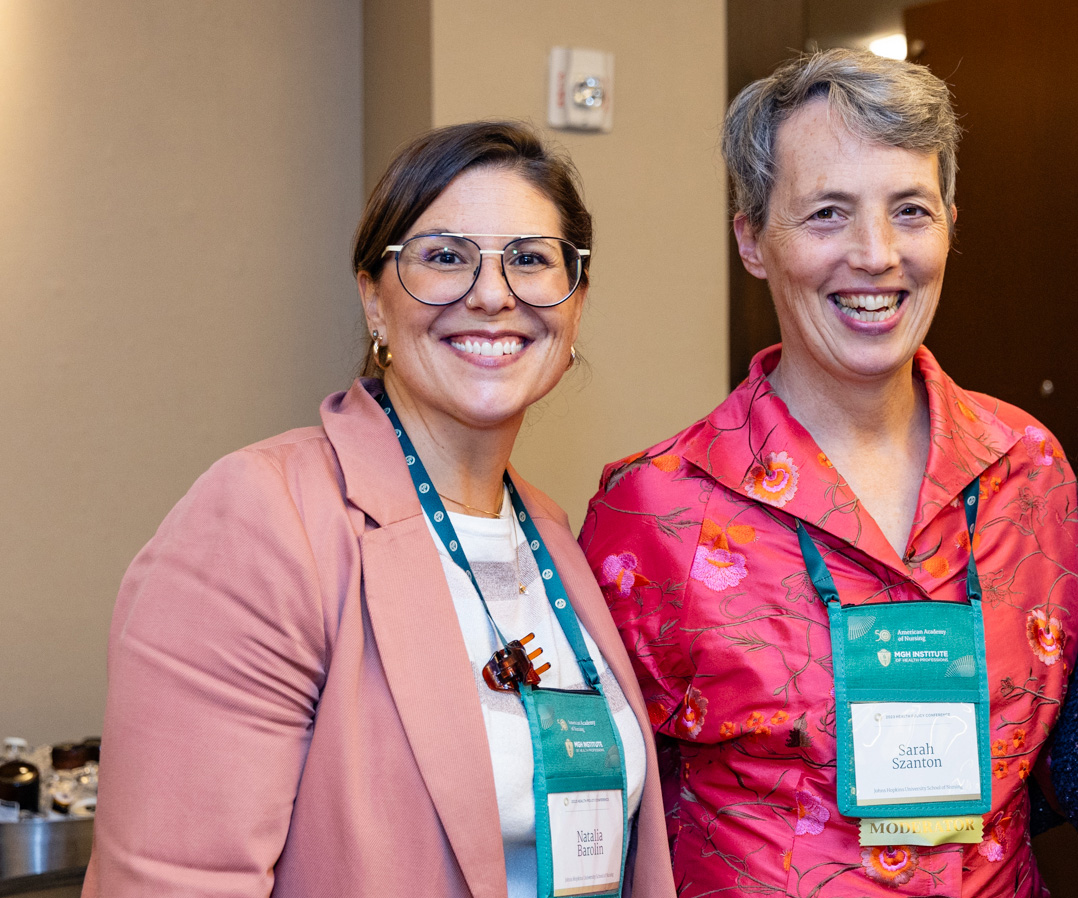 Seizing the Moment on Policy, Equity
Seizing the Moment on Policy, Equity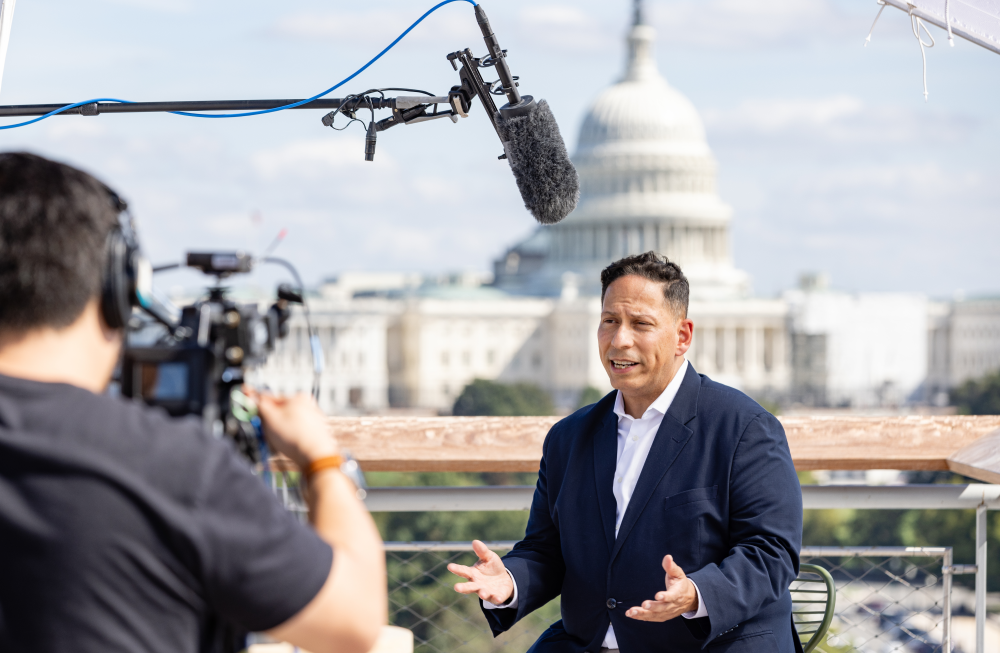 Vincent Guilamo-Ramos Offers Healthy Nudge on Policy: ‘We Can Do Better’
Vincent Guilamo-Ramos Offers Healthy Nudge on Policy: ‘We Can Do Better’ ‘Helpful, Powerful, Kind’ Palliative Care
‘Helpful, Powerful, Kind’ Palliative Care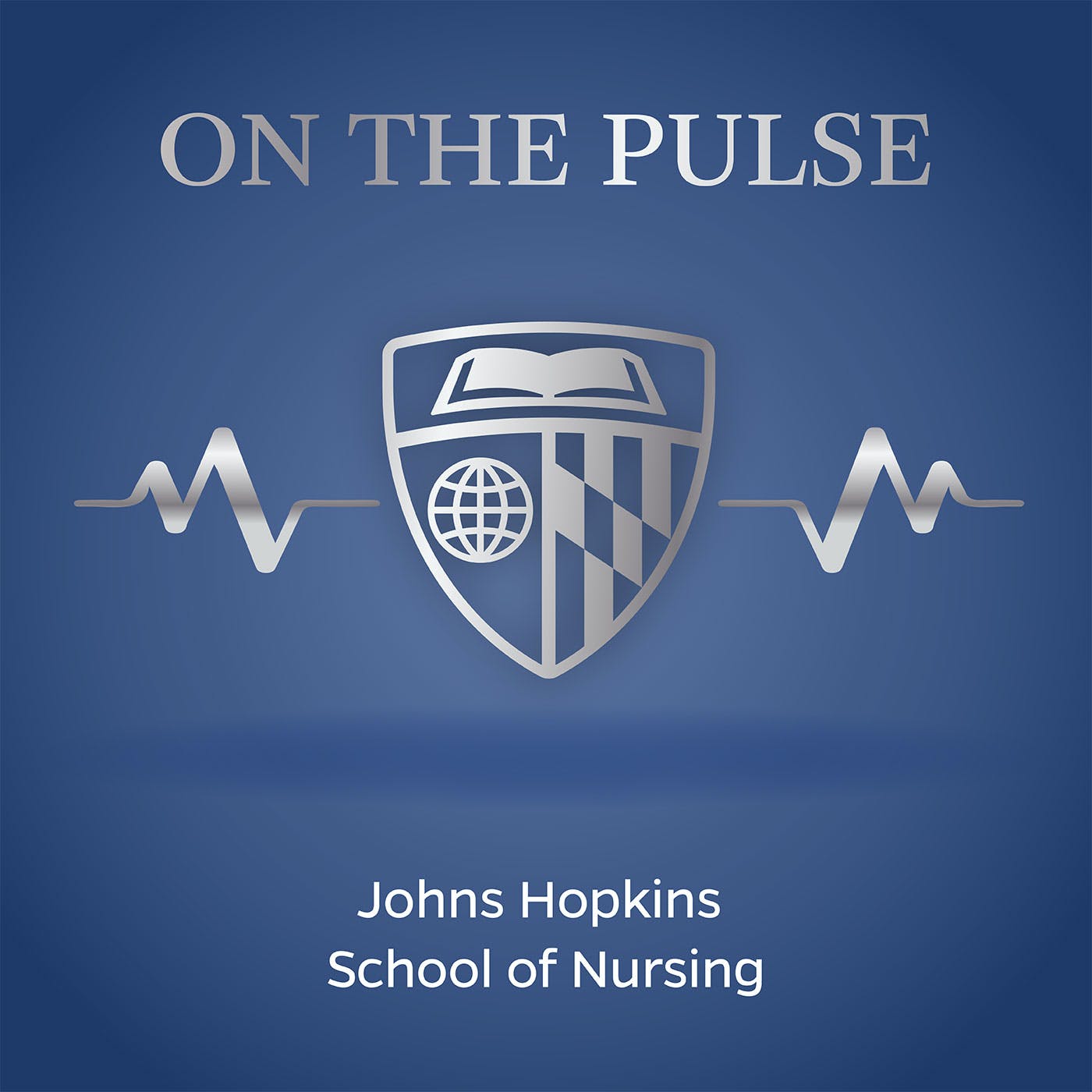 Episode 31: From Erasure to Empowerment
Episode 31: From Erasure to Empowerment







